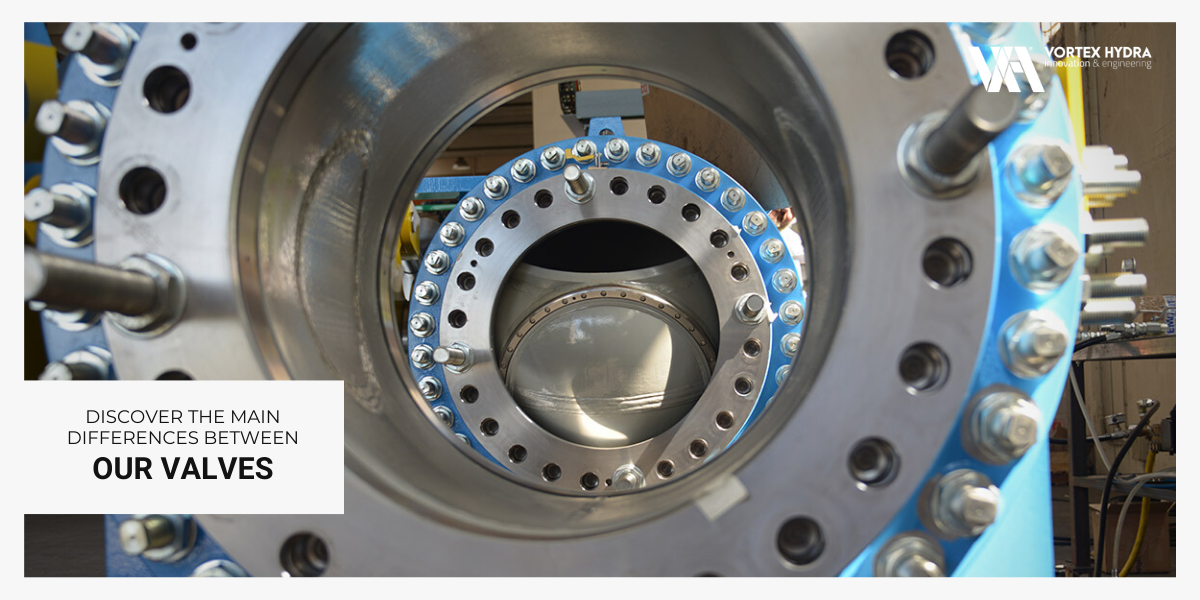These three kinds of valves are different in many ways: design, functioning and objective of the valve. Now we’re going to see the main differences.
Butterfly Valves
The first valve we want to analyze is the Butterfly type. In this case there are several applications, it is possible to use them for example for the protection of the penstock, the protection of the turbine, the water discharge line and the water intake. As you can see, Butterfly Valves have many differences in use.
We make Butterfly valves that are both mono-plane and bi-plane (lattice type) depending on the dimensional requirements and operating water pressures.
Spherical Valves
The second one is the Spherical Valve. A common application for this valve is turbine protection, where the valve acts both as a safety and maintenance device. An important feature of Spherical Valves is the ‘double seal system’, which enables the penstock to remain pressurized when maintenance operations are being undertaken on the downstream side of the valve.
The valve is equipped by a Service Sealing system and a Maintenance Sealing system, both made by a mobile seal ring, housed in the valve’s body, that closes against a counter-seat ring bolted on the valve’s shutter.
Fixed Cone Valves
The last kind of valve is the Fixed Cone Valves. In this case, the most common use is for applications that require water to be freely discharged into the atmosphere at controlled rates. The Fixed Cone Valves are designed to operate at variable controlled flow rates between fully open and fully closed without suffering damages from vibrations.
Cone Valve is a valve whose cone-shaped end spreads water around the wide, downstream end of the cone in dams or hydroelectric facilities.
Find out all the other information on our website vortexhydradams.com.

